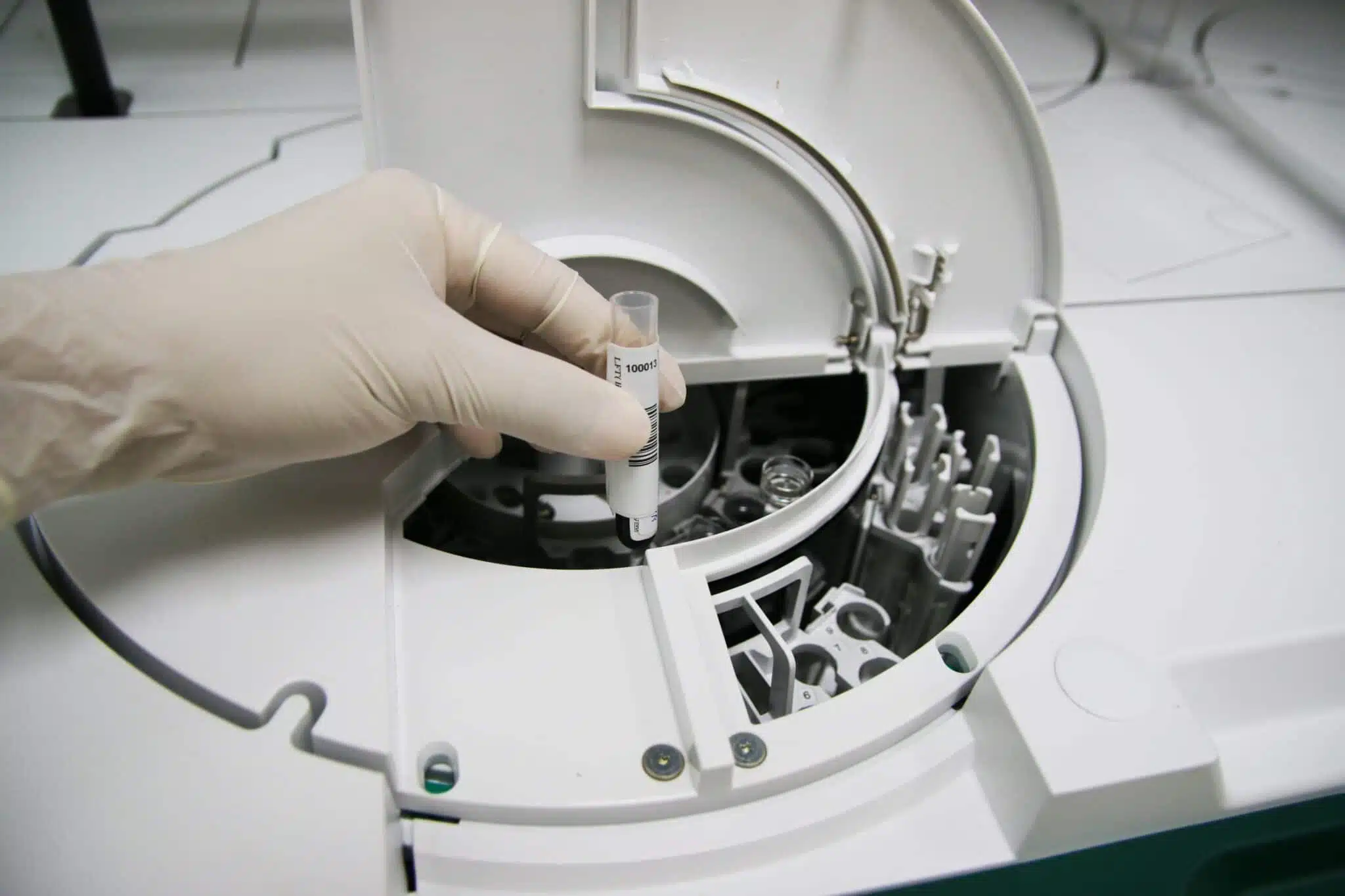Cell banks characterization expectation for microbiome therapeutical products

Published on: Jun 6th, 2022
The last decade has marked the emergence of numerous microbiome treatments investigated in clinical trials. With a broad landscape, spanning from cancer to immunological disorders among many other diseases, products involving microbiota were revealed as new promising treatment leads for vast medical fields.
Among those treatments, a particular product type, genetically modified bacteria, has shown a growing potential. This approach brings the possibility to use genetically engineered bacteria not only to contribute to the microbiome balance by seeding strains of interest but also to deliver in situ and for a prolonged period of time, active secreted proteins (growth factors, cytokines…).
From a manufacturing requirement point of view, genetically modified bacteria do not benefit from a dedicated guidance. Indeed, they are not within the scope of the “FDA guidance on Live Biotherapeutic Products (LBPs)”, and the usual recombinant biological quality paradigm does not fully apply.
Due to the genetic modification contribution to the mechanism of action as an integral part of the final product, contrary to recombinant products where the genetic modification is restricted to the production system, a higher standard of control is necessary to ensure the identity, purity, and functionality of bacteria carrying the genetic modification. Therefore, and in the absence of established dedicated testing plan for recombinant LBPs bacterial banking systems, it is required to apply a pragmatic characterization approach at each stage of development.
On a case-by-case basis, we determined with our partners the pragmatic bank characterization approach tailored to their products and stage of development, while keeping in mind long term goals. As an example, the following table gives an overview of recommendations for testing of a Master Cell Bank for genetically modified bacteria.
| Parameter | Master Cell Bank Test |
| Identity | Bacterial host strain identity and Plasmid identity |
| Purity | Bacterial host strain purity |
| Quantity | Bacterial cell count |
| Potency | Bacterial cell growth and Transgene expression and/or activity |
| Stability | Genetic and phenotypic stability |
| Viability | Viability after cryopreservation |
| Safety | Mycoplasma and absence of other bacterial strains |
We also provide recommendation on the state-of-the-art methods to characterize each selected quality attribute. For each quality parameter, the different tests to be performed depend on the bacteria, and the type of genetic modification. In addition some tests mentioned in cell bank characterization guidance cannot be applied: As an example, due to the nature of the product, it is not possible to perform classic sterility assays, and in order to assess microbiological safety, it is required to screen the test sample for other bacterial strains. The panel of strains to be tested is bacteria specific and will be determined on a case-by-case basis. Moreover, for each parameter to test different methods can be used. A concrete case would be identity testing, for a plasmid insertion. It is possible to test the identity by PCR identification, or by plasmid sequencing, with no current consensus on the ideal method to be applied. Finally, for several parameters, an orthogonal approach using several methods for the tested parameter should be preferred, opening the door for selection of the best performing analytical tool later in development
A key element for the smooth development of the product is to invest early in bank characterization to create comparability points in time, to facilitate upscales, refinement of the testing strategy and advancement towards the commercial phase for the product.

Questions? Get the answer by our expert team
No two product developments are the same, talk to our experts about your development challenges and we will provide your actional recommendations.

